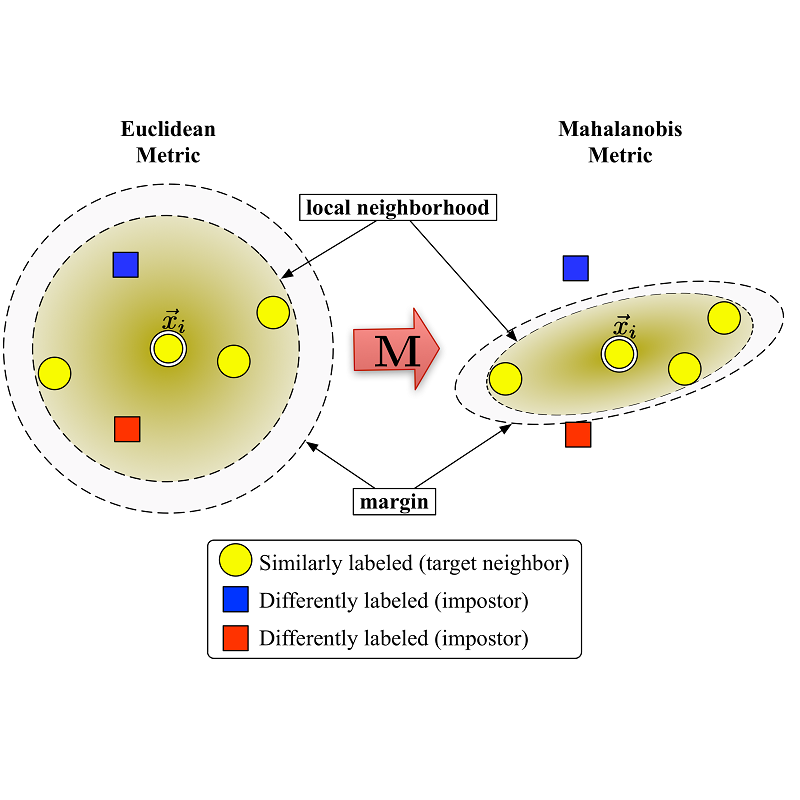Quantum classifiers provide sophisticated embeddings of input data in Hilbert space promising quantum advantage. The advantage stems from quantum feature maps encoding the inputs into quantum states with variational quantum circuits. A recent work shows how to map discrete features with fewer quantum bits using Quantum Random Access Coding (QRAC), an important primitive to encode binary strings into quantum states. We propose a new method to embed discrete features with trainable quantum circuits by combining QRAC and a recently proposed strategy for training quantum feature map called quantum metric learning. We show that the proposed trainable embedding requires not only as few qubits as QRAC but also overcomes the limitations of QRAC to classify inputs whose classes are based on hard Boolean functions. We numerically demonstrate its use in variational quantum classifiers to achieve better performances in classifying real-world datasets, and thus its possibility to leverage near-term quantum computers for quantum machine learning.
翻译:量子分类器在Hilbert空间提供了精密的输入数据嵌入器,保证了量子优势。其优势来自量子特征图,将输入量子状态的输入编码成可变量子电路。最近的一项工作展示了如何使用量子随机访问编码(QRAC)绘制数量比特较少的离散特性。QRAC是将二进制字符串编码成量子状态的重要原始工具。我们提出了一种新的方法,将离散特性与可训练量子电路连接在一起,将QRAC与最近提出的量子特征图培训战略(量子计量学习)结合起来。我们表明,拟议的可训练嵌入不仅需要QRAC的量子数量,而且需要克服QRAC对基于硬布林函数的输入进行分类的限制。我们从数字上展示其在变异量子分类器中的用途,以便在对真实世界数据集进行分类方面实现更好的性能,从而有可能利用近期量子计算机进行量子机器学习。










